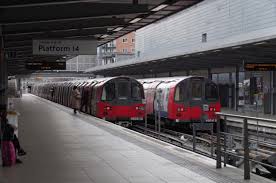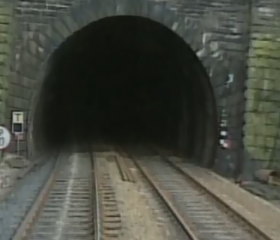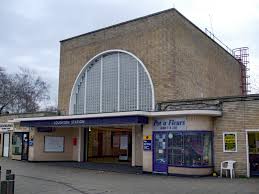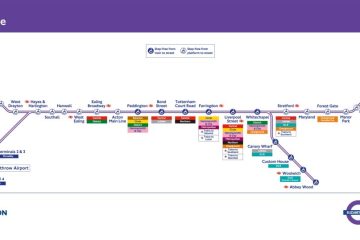Exploring the Jubilee Line of London Underground

Introduction
The Jubilee Line, one of the major lines of the London Underground, plays a crucial role in connecting a variety of key locations across the city. Since its extension in the late 1990s, the Jubilee Line has enhanced accessibility to areas such as Docklands, Stratford, and Wembley, significantly contributing to London’s public transport infrastructure. With the ever-increasing population and ongoing urban development, understanding the significance of the Jubilee Line is more relevant than ever.
Current Importance and Usage
The Jubilee Line, opened in 1979 and extended in 1999, currently runs from Stanmore in the north to Stratford in the east, encompassing 27 stations. It serves key locations, including the financial hub of Canary Wharf, the cultural centre of Southbank, and major venues like The O2 Arena and Wembley Stadium. Recent data from Transport for London (TfL) has shown that the Jubilee Line has seen a steady increase in ridership, particularly as businesses and tourists return post-pandemic.
A unique feature of the Jubilee Line is its combination of deep and shallow tunneling, which allowed it to navigate through densely populated areas while minimising surface disruption. Moreover, with the recent upgrade of Jubilee Line trains to improve capacity and passenger comfort, the line is positioned to accommodate the growing demand.
Recent Developments
In early 2023, TfL announced plans to further enhance the Jubilee Line’s efficiency and integrate new technology to improve service reliability. This includes installing cutting-edge signalling systems aimed at increasing train frequency and reducing waiting times for passengers. Additionally, new accessibility features are being implemented across various stations to assist individuals with reduced mobility.
Another noteworthy development is the collaboration between TfL and the Greater London Authority, focusing on sustainable transport initiatives. Plans are in motion to promote cycling and walking routes that connect with Jubilee Line stations, thereby easing congestion and encouraging more eco-friendly travel options.
Conclusion
The Jubilee Line continues to be a vital part of London’s transport system, catering to millions of passengers annually and serving as a backbone for the city’s connectivity. As London evolves, so too does the Jubilee Line, adapting to meet the needs of its residents and visitors. With upcoming enhancements and a focus on sustainability, the Jubilee Line is set to retain its significance in London’s urban landscape for many years to come. For residents and commuters, staying informed about these developments will be essential for navigating London effectively.









